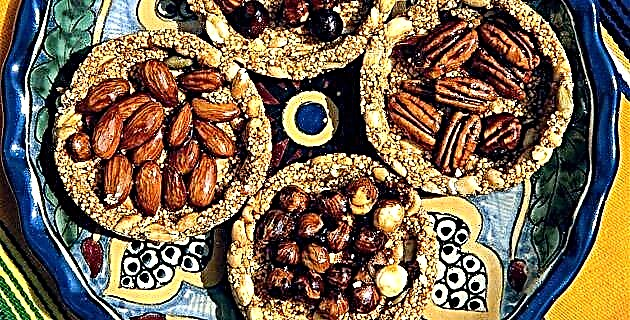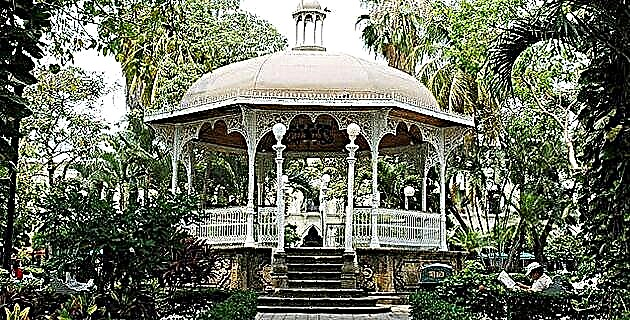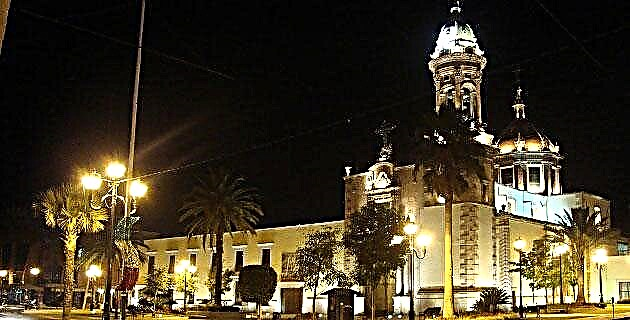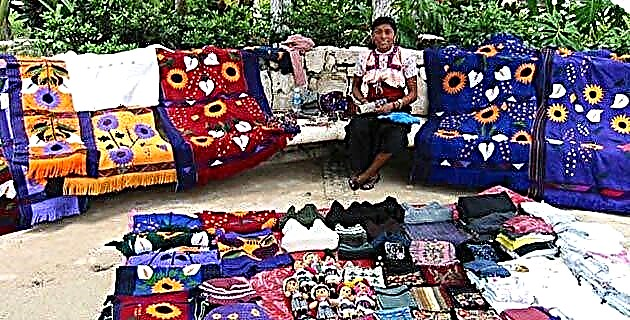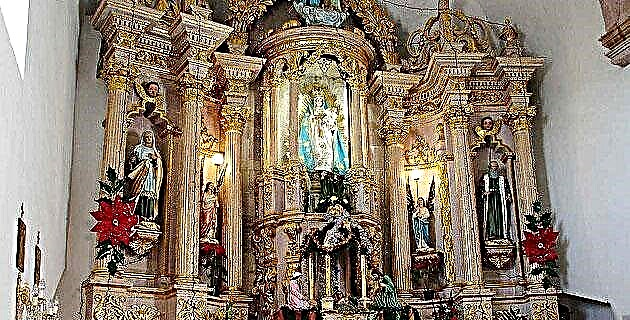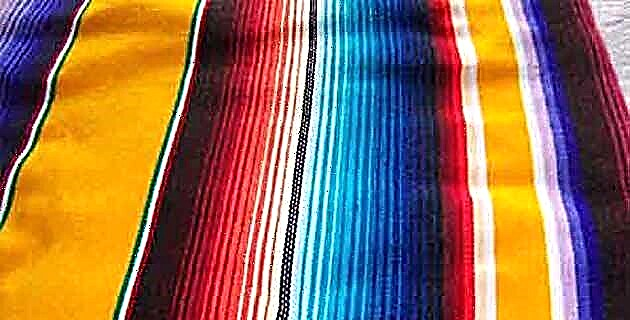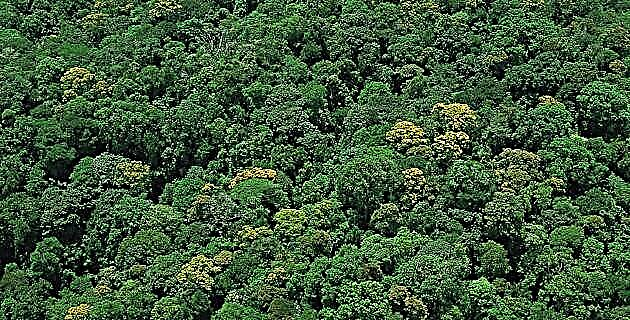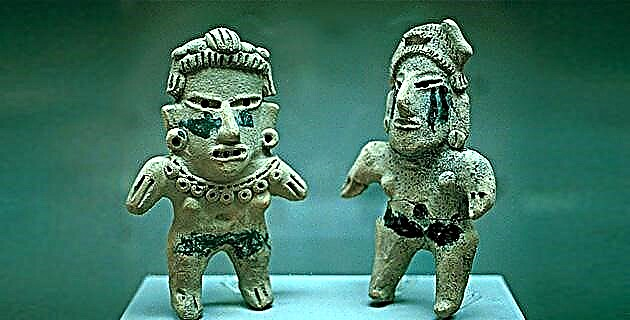
Skilled potters who lived on the central coast of the Gulf of Mexico, in the current state of Veracruz, populated this region from the fifth century BC, when the end of the Olmec culture had long ago occurred.
A great uproar could be heard among the potters of the town of Remojadas: for more than a lunar cycle they had worked hard to finish all the figures that would be offered during the harvest propitiation celebrations, which included the sacrifice of men and animals.
The landscape of the center of Veracruz is integrated by a multiplicity of ecological regions that go from the swampy area and the coastal plains, crossed by wide rivers that are distinguished by their surprising fertility, to the semi-arid lands that await the arrival of the rains to flourish; In addition, this area is home to some of the highest peaks in Mexico, such as Citlaltépetl or Pico de Orizaba.
This culture of potters, generally called Remojadas, derives its name from the site where it was archaeologically located for the first time. Curiously, the culture spread through two regions with very contrasting environments: on the one hand, the semi-arid lands where the Chiconquiaco mountain range deflects moisture-laden winds that come from the sea to the west, so that rainwater is quickly absorbed. because of the limestone soil, hence its characteristic vegetation is chaparral and scrub that intermingle with agaves and cacti; and on the other, the Blanco and Papaloapan river basin, which have abundant water and their lands are very fertile alluviums where jungle-type vegetation is notorious.
The inhabitants of the Remojadas culture preferred to establish the elevated lands, which they leveled to form large terraces; There they built their pyramidal bases with their temples and rooms made of trunks and branches with thatched roofs; when required - trying to avoid the entry of vermin - they covered its walls with mud that they flattened with their hands. Although in their heyday some of these simple pyramids rose more than 20 meters high, they did not withstand the passage of time and today, hundreds of years later, they are hardly recognized as small hills.
Some scholars of this culture think that the inhabitants of Remojadas spoke Totonac, although we will never know exactly this, since when the European conquerors arrived, the human settlements had been abandoned for many centuries, hence the archaeological locations where these are located. mounds take their current name from the nearby towns, standing out in the semi-arid region, in addition to Remojadas, Guajitos, Loma de los Carmona, Apachital and Nopiloa; meanwhile, in the riverside area of Papaloapan are those of Dicha Tuerta, Los Cerros and, especially, El Cocuite, where some of the most beautiful figures of women who died in childbirth were discovered, life-size, and which still retain their delicate polychromy.
The potters of Remojadas survived for many centuries with their ceramic art, which they used in funerary offerings to recreate symbolic rituals that accompanied the dead. The simplest images of the Preclassic were modeled with clay balls, shaping the features of the face, the ornaments and the clothes, or they were attached to the figures, strips or plates of flattened clay that looked like capes, tangles or other very showy garments.
Using their fingers with great skill, the artists shaped the noses and mouths of the figures, achieving truly amazing effects. Later, during the Classic, they discovered the use of molds and the making of hollow figures, and made striking ensembles where the sculptures reached the size of a man.
One of the most significant features of the art of Soaked was the use of a black polish, which they call "chapopote", with which they covered some parts of the figures (eyes, necklaces or earmuffs), or gave them body makeup and facial, marking geometric and symbolic designs that made them unmistakable in the art of the coastal region.


